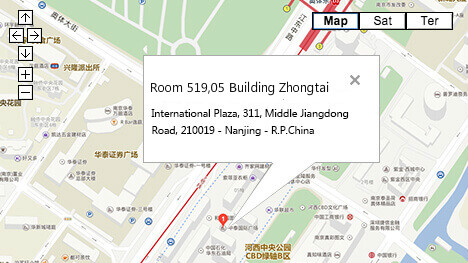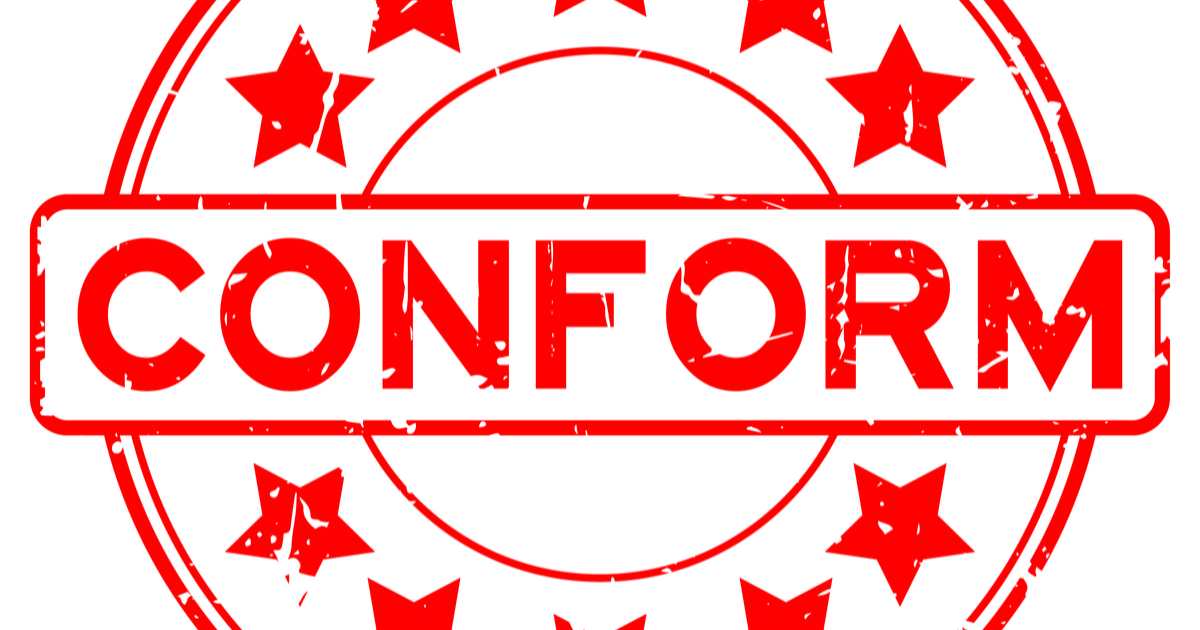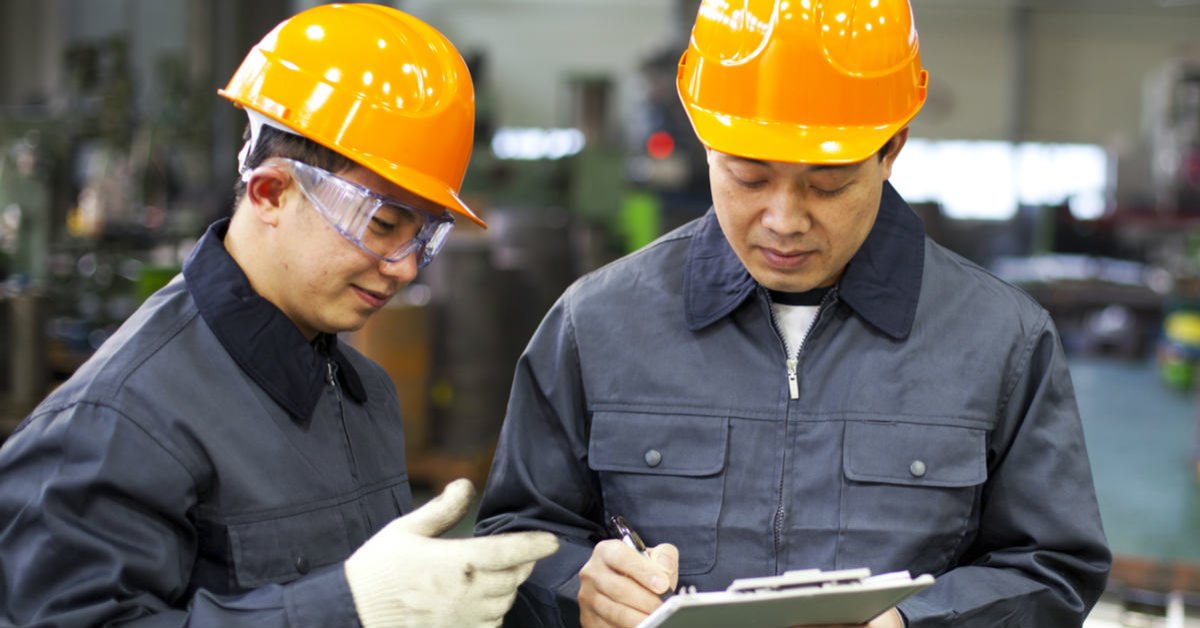Some clients have asked us “what is a certificate of conformity” over the years, and…

US Compliance Documents When Importing from China: Q&A With an Expert
BY RENAUD ANJORAN
American importer often ask us questions about the compliance documents they need when importing products from China.
I thought it would be interesting to ask Fredrik Gronkvist, to answer the most frequent questions we get asked about US compliance. He has a firm grasp on this complex topic that can seem complex and confusing.
1. Do I actually need some documents to prove that my products are compliant with US safety regulations?
Documentation is in many ways part of the compliance process itself. Some documents are only self-issued declarations, while other documents are used to prove that the product is actually compliant.
In CPSIA, which is the regulation applicable to all children’s products in the USA, you need to issue or obtain the following documents:
- Children’s Product Certificate (Self issued)
- ASTM Test Reports (Must be issued by an accredited third party lab)
- Lab testing plan (Issued by yourself)
The Children’s Product Certificate, for example, is very easy to issue. Use this template, print and sign. That’s it. The same principle also applies to the lab testing plan.
Lab testing is different, as you must submit a sample to a compliance testing company, such as Intertek.
2. How to find information on what documents I need?
There are various ways you can find out which regulations apply to a certain product:
a. Hire a lawyer or consultant
The best way to find out exactly what kind of documents and test reports you need (and labels), is to hire a lawyer or consultant.
These guys don’t offer insurance, in the sense that they guarantee that their assessment is 100% correct – but the risk of compliance issues is way lower compared to that case where you try to figure out everything by yourself.
They normally charge from US$2000 for less complex products, and up to $7000 for more complex items.
We offer a ‘do it yourself’ platform for importers, that includes tutorials, checklists, videos, and even sample compliance documents for the following product categories:
- Apparel & textiles
- Kitchen Utensils
- Electronics
- Children’s Products
- Watches, jewelry & accessories
This is probably the most affordable solution, but we don’t actually create the compliance documents for you.
c. Spend 50 hours browsing the internet
The other option is to research regulations and document requirements on your own. www.cpsc.gov and various other US government websites are actually pretty good, but understanding what applies to a certain product is very time consuming.
And, of course, these websites don’t explain the practicalities of ensuring compliance when importing from other countries.
3. Can I trust what my suppliers tell me, and the documents they send to me?
Never. First of all, it’s not the supplier’s job to issue these documents.
Second, Chinese suppliers virtually never ever have compliance documents. This is also the case for larger suppliers, as compliance documents are issued by the Importer – not their supplier.
I have overseen hundreds of supplier screenings in China. Not one single supplier has ever had a complete set of compliance documents.
Another good example is when a client of ours managed to identify a supplier of IKEA, in Ningbo. They assumed that this supplier had a complete set of compliance documents required for LED products.
It turned out that had nothing. Why? Because IKEA takes care of that. They issue the documents, they book lab testing.
Factories are not compliance agencies. It’s not what they do.
At best, a supplier can present an old test report, which can help you assess if a supplier ever made a compliant product in the past – but forget about finding ‘ready-made-compliant products’.
4. For the products I buy off-the-shelf from Chinese suppliers, should I pay for testing on every shipment?
The truth is that lab testing is not legally required for most products. However, you are always the sole party responsible for ensuring that the imported products are compliant.
Lab testing is the only way to be sure that the products are compliant, and you’d better confirm that before the goods are shipped from China to your country. You can’t get a “refund” if it turns out that your products are subject to a forced recall – or if you face a lawsuit.
Most of our customers don’t do lab testing on every order. Instead, they do lab testing for these scenarios.
- When placing a first order for any product
- Whenever they change colors, materials or other components
- If a supplier failed a lab test
It depends though. CPSIA, for example, requires that you have a written lab test plan. CPSIA doesn’t force you to test every order, but you need to explain how often you intend to test, and why.
That said, this is not unique to off-the-shelf goods, but all products – both ODM and OEM. Just keep in mind that off-the-shelf goods made in China, are often made for China. Such products are not made to comply with foreign labeling and safety requirements.
Yet, lab testing is still mostly for your own sake.
5. For the new product I am developing with a Chinese OEM manufacturer, at what stage should I think of certifications? As soon as the design stage? Should I let the manufacturer handle that?
Rule number one of product safety is that your product is safe to use, even if used ‘incorrectly’. For many products, there are specific standards to comply with – some of which are mandatory, while others are voluntary.
Such standards list design safety practices, physical properties and other performance guidelines. There are various groups of such standards:
- EN (General, EU)
- IEC (Electrical, International)
- UL and ETL (Electrical, USA)
- ASTM and ANSI (General, USA)
However, these standards don’t cover every product or safety aspect. It’s up to you to ensure that the product is safe by design. In other words, compliance start at the design stage.
Rule number two is that you should never let your supplier handle anything when it comes to compliance – because factory managers are not product safety consultants. It’s really that simple.
I know many buyers think that the supplier “should know” this or that, but it’s not realistic to expect sales rep ‘John Chen’ in Shenzhen to keep up to date with every single product regulation in every country on the planet.
Article Source: https://qualityinspection.org/us-compliance-documents-china/



This Post Has 0 Comments